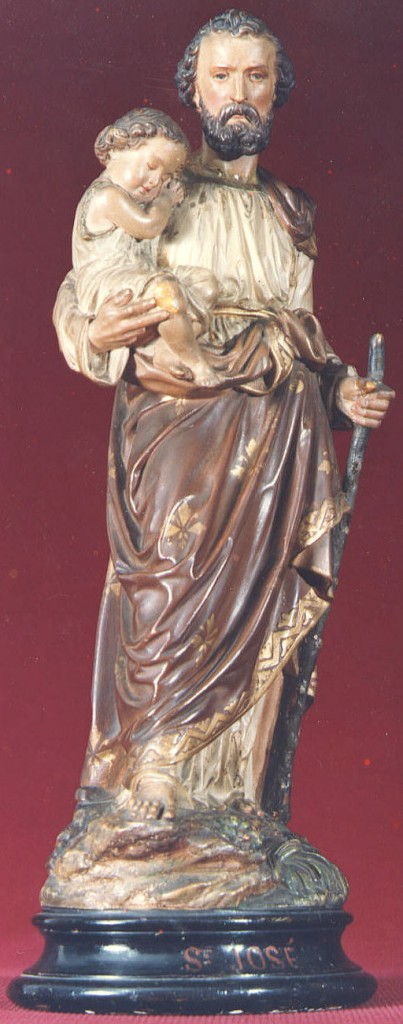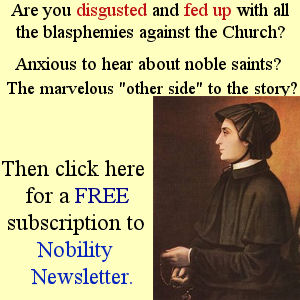Firstly, let us consider the nobility of the bride, that is, the Most Holy Virgin. The Blessed Virgin was more noble than any other creature that had been born in human form, that could be or could have been begotten. For Saint Matthew in his first chapter, thrice enumerating fourteen generations from Abraham to Jesus Christ inclusive, shows that she descends from fourteen Patriarchs, fourteen Kings, and fourteen Princes…. Saint Luke also, writing on her nobility in his third chapter, proceeds in his genealogy from Adam and Eve until Christ God….
Secondly, let us consider the nobility of the bridegroom, that is, Saint Joseph. He was born of Patriarchal, Royal, and Princely stock in a direct line as has been said. For Saint Matthew in his first chapter established a direct line with all the aforementioned fathers from Abraham to the spouse of the Virgin, clearly demonstrating that all patriarchal, royal, and princely dignity come together in him….
Thirdly, let us examine the nobility of Christ. He was, as follows from what has been said, a Patriarch, King, and Prince, for He received just as much from His mother as others from father and mother…. From what has been said above, it is clear that the nobility of the Virgin and of Joseph is described by the aforementioned Evangelists so that the nobility of Christ be manifest. For Joseph, therefore, was of such nobility that, in a certain way, if it be permitted to say, he gave temporal nobility to God in Our Lord Jesus Christ.
Sancti Bernardini Senensis Sermones Eximii (Venice: in Aedibus Andreae Poletti, 1745), Vol. 4, p. 232, in Plinio Corrêa de Oliveira, Nobility and Analogous Traditional Elites in the Allocutions of Pius XII: A Theme Illuminating American Social History (York, Penn.: The American Society for the Defense of Tradition, Family, and Property, 1993), Documents IV, pp. 471-472.













